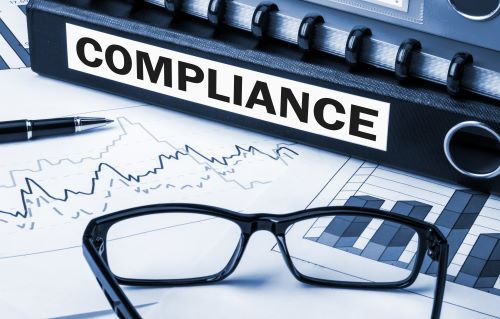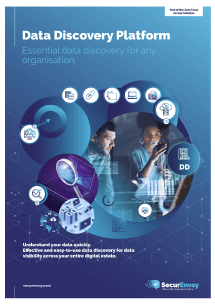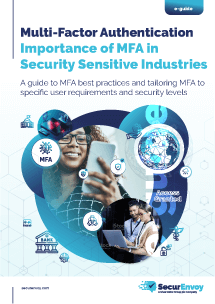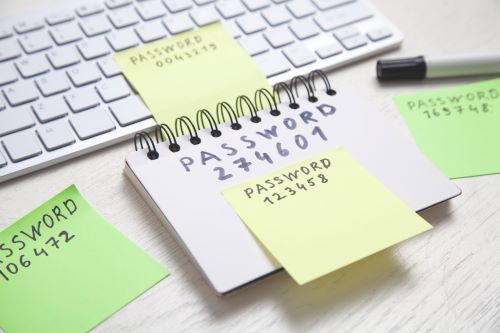
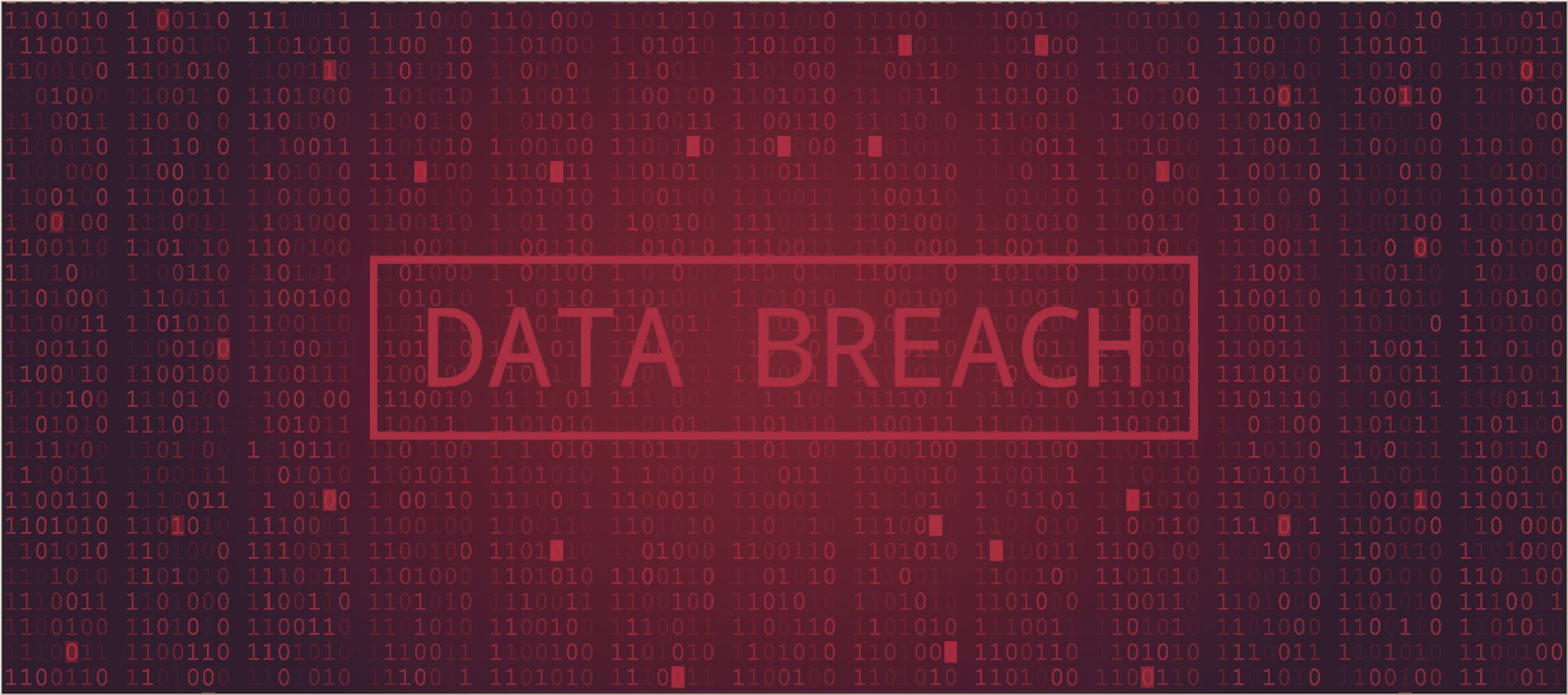
Are your current data security policies enough to protect against breaches?
Security Fridays Week 21 – How to augment security with automatic data loss prevention.
This breach in the healthcare sector should cause a lot of organisations to think twice about their current security policy, as it is totally avoidable and has been for a long time. It was assumed that simply informing users and getting them to sign on to a policy was sufficient to prevent security breaches.
The sad truth is that it was not sufficient then, and it is even less so now. Originally it led to data being scattered around environments, on unexpected physical media, or printed to paper where it couldn’t be tracked. In most cases, that still generally that left it inside the physical perimeter of the organisation.
Now, however, a simple error such as this (uploading information to a public server)can lead to information being placed at risk of discovery and download by anyone, anywhere in the world, without them having to have any intrusion skills at all. This in a time when cyberattacks are at their highest point as criminals turn from physical crime to cybercrime where the risks are lower in the current environment.
In the modern world people need to start understanding that trying to secure their data in the same way they have for the past fifty years, when breaches are a weekly occurrence in the press, is just unrealistic, and that it is just a matter of when they will lose data with those practices, not if. These sorts of leaks happen all the time. There are technologies designed to deal with these types of leaks and any organisation that holds sensitive data should be seriously considering using them.
1. Data Discovery – The first step is, of course, to find that sensitive data and track where it is. Does it only exist where it’s supposed to? Are people creating stores elsewhere that you need to know about so you can manageme them? Are you holding data types you absolutely should not be holding under your data lifecycle policy? Only by knowing the scale of the problem can you address it.
2. Classification/Watermarking – Any document that has sensitive data in it should be marked appropriately and automatically. This allows technology to react to the file with classification, ensuring that it cannot be placed where it’s not supposed to be or sent where it’s not permitted. Watermarking performs the same function for people allowing a user to immediately see what sort of document they are looking at when they open it, allowing them to make an immediate judgement as to what they can and cannot do with it and reduce the chance of mistakes.
3. Data Loss Prevention – This technology alone could easily have stopped this breach and many others we read about all the time. By placing restrictions on what data can be copied or transmitted to exactly what places or media, you no longer have to just rely on human judgement, and errors like this can automatically be caught and prevented. Just as all security should be multi-layered, this provides the second layer to human error or maleficence.
Read the article that was analysed here: https://www.bbc.co.uk/news/uk-wales-54146755?intlink_from_url=https://www.bbc.co.uk/news/topics/c0ele42740rt/data-breaches&link_location=live-reporting-story
Published: 26 Oktober 2020
Category: Industry News
Compliance / Data Classification / Data Control / Data Discovery / DLP
![]()
Data Discovery
Platform
(DD)
Data discovery across your digital estate.
Essential data discovery for any organisation.
Learn more about SecurEnvoy DD
Hear more from
our security
experts
What to read next...



